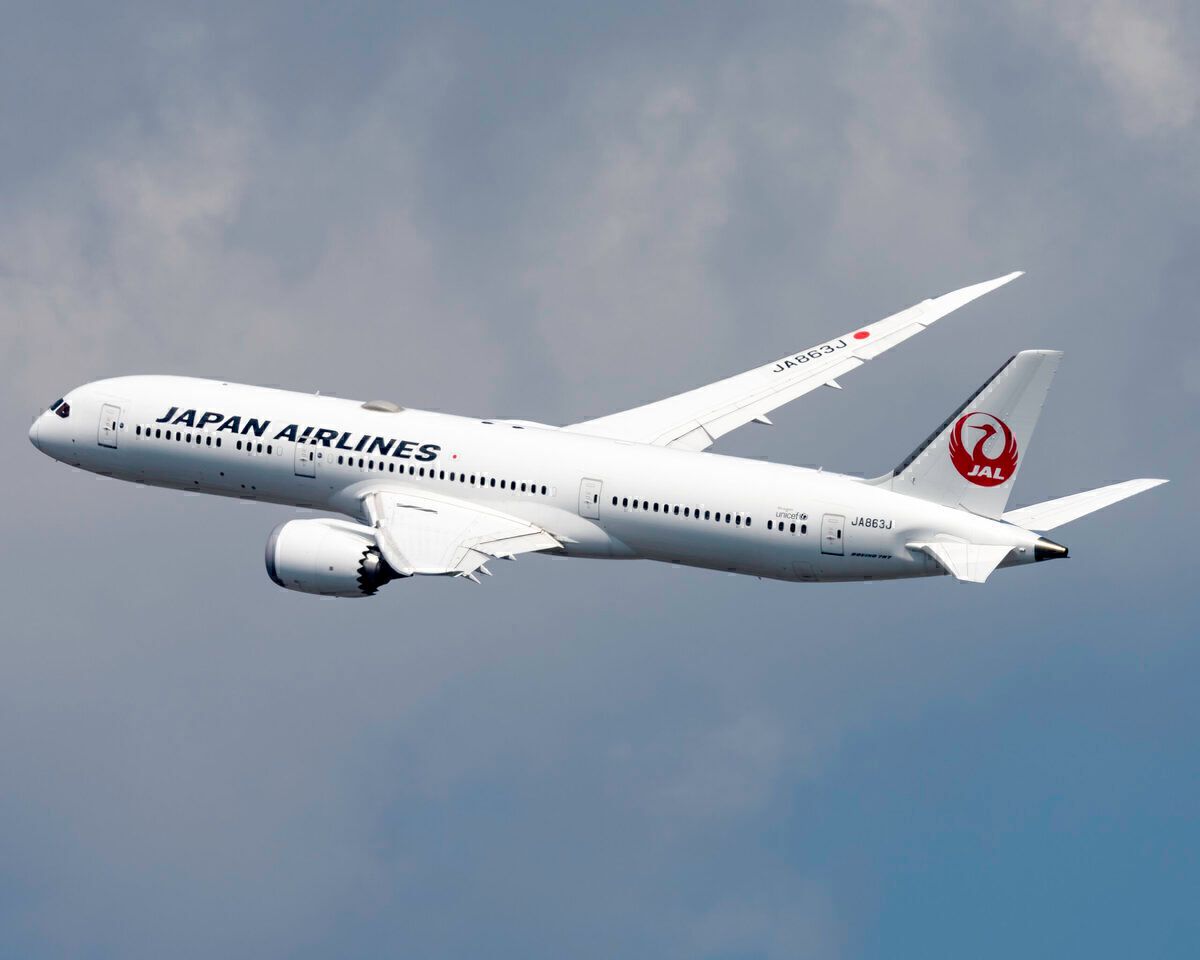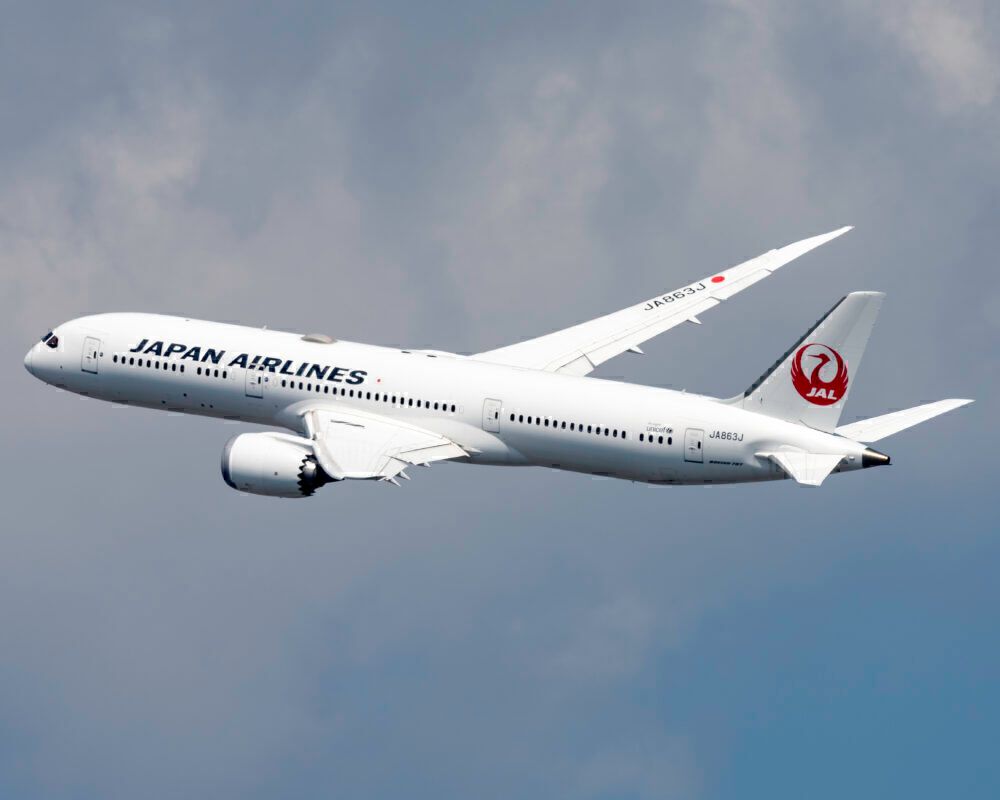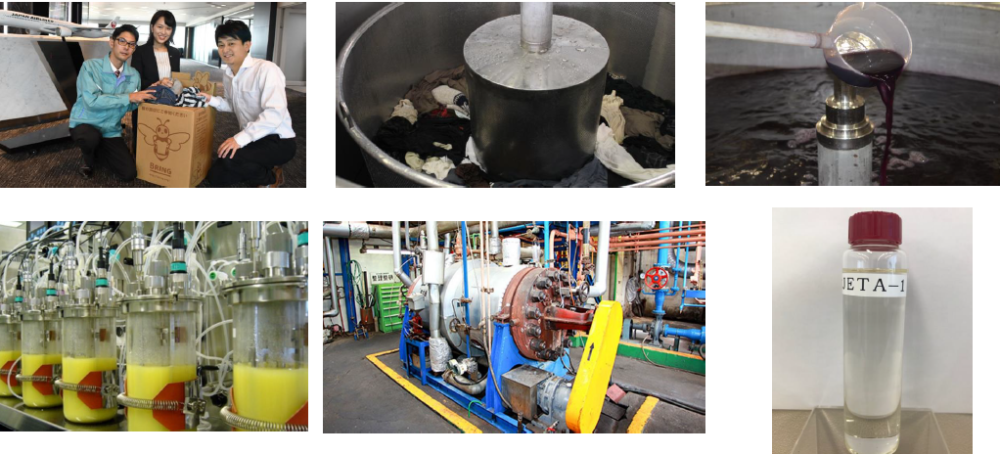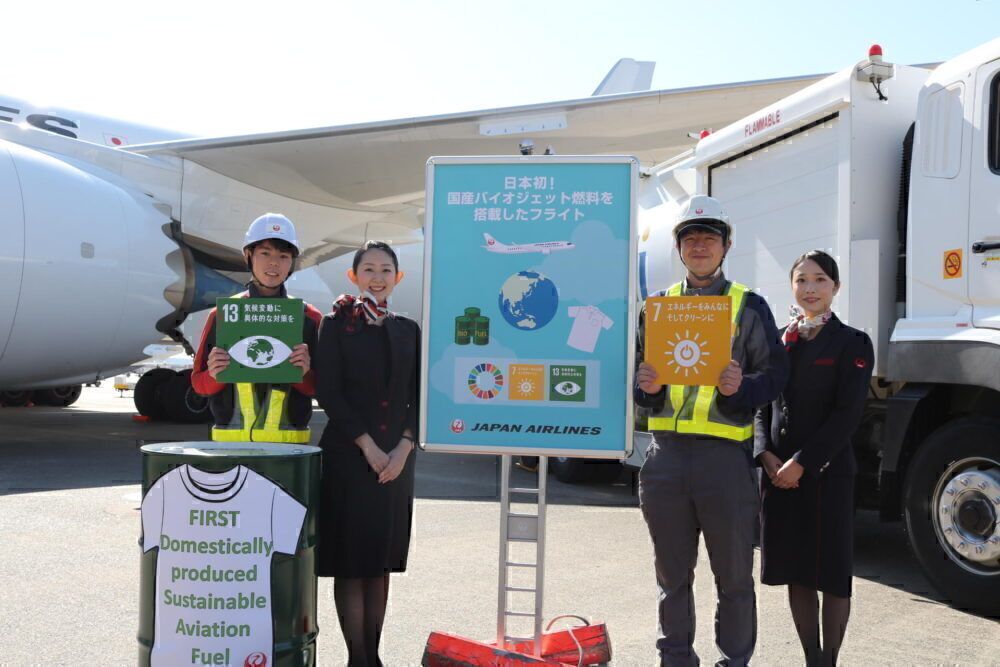Flying on fuel made from used clothing, February 4th, 2021, marked a special day for Japan Airlines (JAL). The carrier operated its first commercial flight using a made-in-Japan SAF, or sustainable aviation fuel. While SAF can be made from non-edible plants or agricultural and forestry waste, the SAF used by JAL comes from a more unconventional source: used cotton clothing.
"JAL fully recognizes that the airline industry plays an integral role to protect the planet and regards environmental conservation as a vital issue in its Medium Term Management Plan. The carrier will continue striving to achieve key environmental goals and contribute to a greener environment for future generations." -Japan Airlines via press release
From rags to the runway
Back in October of 2018, JAL embarked on a project to convert cotton clothing into SAF. The project involved 50 local companies helping to collect upwards of 250,000 pieces of clothing and included technical support from the Green Earth Institute. The process itself was developed by the Research Institute of Innovative Technology for the Earth (RITE). In March 2020, the final result of nearly two years of work was a domestically-produced SAF.
These efforts have earned JAL the honor of being recognized as an 'Eco-First company' by the Ministry of the Environment of Japan.
Details of the flight
The flight took place on February 4th as flight JL319, taking passengers from Tokyo Haneda (HND) to Fukuoka (FUK) using a Boeing 787-8 registered JA849J. Data from AirNav RadarBox shows that the Dreamliner departed at 12:58 and landed at 14:51 local time.
With a total flight time of around two hours, this domestic flight would have to be one of the shortest flights using a widebody aircraft. JL319 is a route that has recently used the Boeing 787-8 but in recent months has also deployed the Airbus A350-900. The route also has occasionally been flown by the Boeing 777-200.
JAL's involvement with SAF
While the recent event is historic because it used a SAF produced in Japan, JAL notes that it already has a record of SAF use beyond the February flight.
In fact, the airline conducted Asia’s first test flight using SAF produced from non-edible feedstocks in 2009 and used SAF to fly from Chicago O’Hare International Airport to Narita International Airport in November 2017 and from San Francisco International Airport to Haneda Airport in January 2019.
Later that same year, in June 2019, JAL took delivery of a new Airbus A350. The aircraft's maiden flight from the Airbus plant at Toulouse, France, to Haneda Airport was powered by SAF.
The problem of textile waste
While clothing may occasionally get a second life being passed on or donated to a thrift store or charity, textiles ending up in landfills is still a huge problem.
According to the United States Environmental Protection Agency (EPA), the recycling rate for all textiles (in the US) was just 14.7% in 2018, with 2.5 million tons recycled. The rate for items such as sheets and pillowcases was 15.8% in 2018.
Meanwhile, American landfills received 11.3 million tons of municipal solid waste textiles in 2018- 7.7% of all MSW landfilled.
Hopefully, this made-in-Japan process can be exported to other parts of the world, turning discarded cotton clothing into a future batch of jet fuel.
What do you think of this Japanese achievement and the concept of turning used clothing into sustainable aviation fuel? Let us know in the comments.




